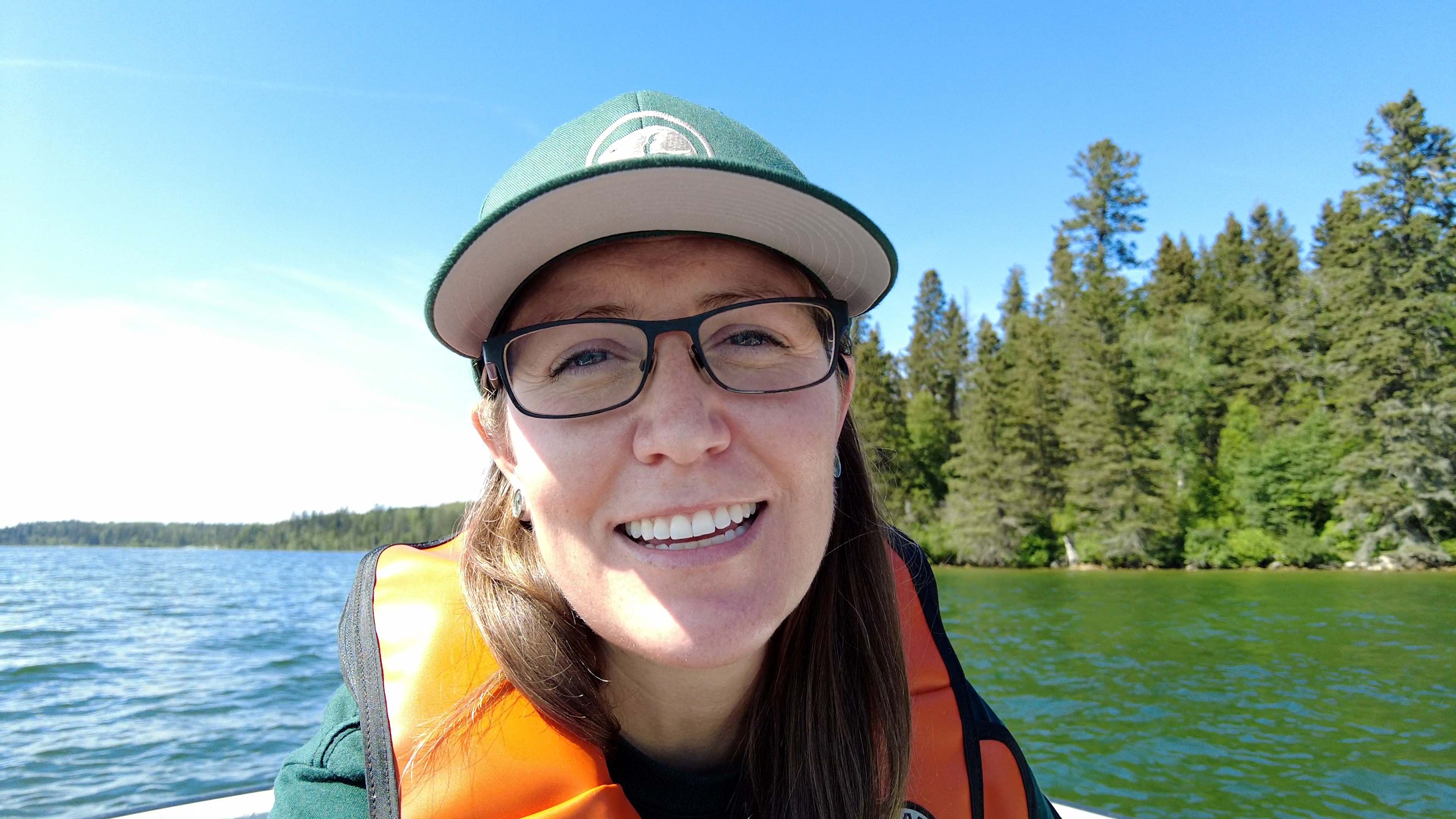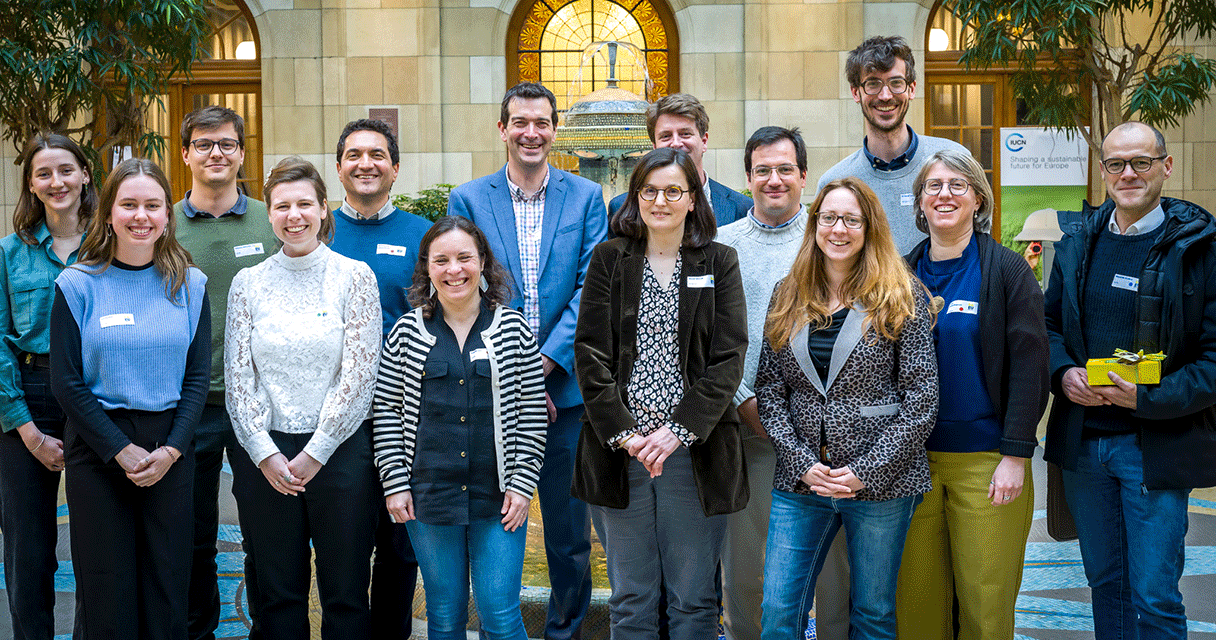As the proud steward of a vast network of special places, Parks Canada is responsible for protecting and presenting significant examples of Canada’s natural and cultural heritage. Informed by the best available science, it leads a programme of work to monitor and restore ecosystems, protect and recover species at risk at landscape level, and conducts important research that contributes to our understanding of climate change.
A new technique
Aquatic ecologist Michele Nicholson tells Unite for Nature about one Parks Canada project that is helping manage the impact of invasive fish in beautiful Clear Lake, located in Riding Mountain National Park, Manitoba.
“We’re partnering with local First Nations to try out a new technique for protecting Clear Lake. A couple of years ago we got reports from anglers that they were starting to see and catch smallmouth bass in Clear Lake, and that’s a real concern for us here because they are not native to Manitoba, let alone this lake. They are a really aggressive top predator that eats a lot of other fish.
 Michele Nicholson
Michele Nicholson



